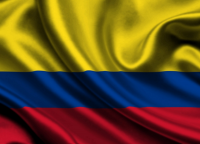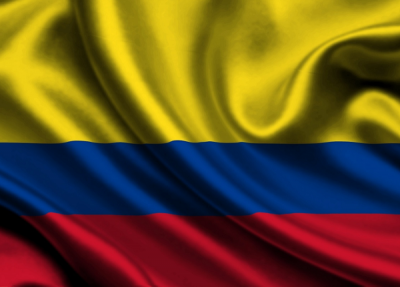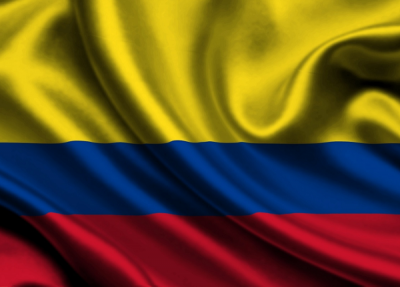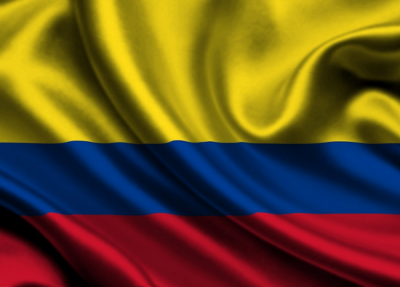Country Profile: Colombia
All systems are go for the Colombian cosmetics industry
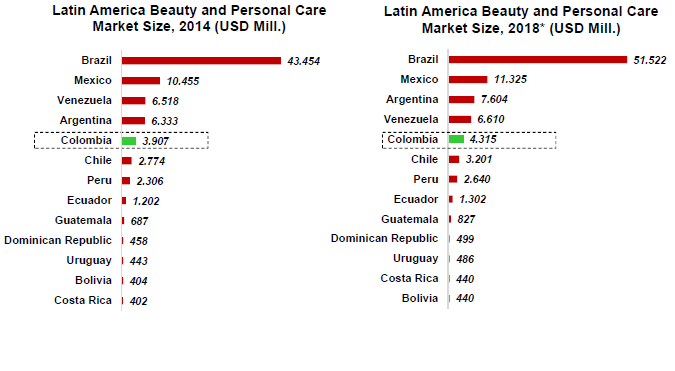
Although the Colombian economy has been growing at a healthy pace during the past few years, the government has realized the need to diversify away from its reliance on energy-based industries.
Currently almost two thirds its annual $93bn GDP is accounted for by coal and oil, but with falling energy prices over the past years the need to diversify the economy is being underlined by weaker economic data of late.
Compared to many developed economies, the 2.8% economic growth posted in the first quarter of this year is remarkable, but this performance was impacted by lower global energy prices, and consequently pales against average growth of 4% over the course of the past decade.
Need to diversify the economy
The figures underline the need to forge ahead with economic diversification, away from the energy and mineral industries that are currently performing poorly.
“The government chose 16 industries to focus on, mainly drawing on agriculture, tourism and technology, while cosmetics and personal care is also being touted as one of the most promising areas,” said César Peñaloza, general manager Programa de Transformación Productiva, the government agency charged with remodeling the country’s economy.
“Our basic principle is to develop the necessary human resources to make this happen, ensure that the necessary infrastructure is in place of these industries and to ensure that there is access to the necessary financial resources to expand and develop these industries.”
Growing the naturals segment and the domestic market
The intention is to grow the industry on a two-pronged basis, firstly to develop the domestic sector by tapping into the increased spending power of the average Colombian, and secondly by developing it as both a regional and international hub for exports.
The domestic cosmetics industry shows plenty of scope for expansion, albeit from a small base. It is currently valued at approximately $3.9bn, but with a projected CAGR of 2.5% the projected value should reach $4.3bn by 2018.
Although that figure is relatively small, many marketers see particular potential for growth in both the color cosmetics and skin care categories, which proportionally comprise a much smaller proportion of the market than in many developed countries.
The premise for the development is the belief that Colombia has all the necessary resources to provide the right foundations for the successful growth of the industry.
Goal is to become a major global player by 2030
The ultimate goal of the Colombian government is to make the country’s cosmetics and personal care industry a serious player in the global market by the year 2030.
“We want to become a major producer of cosmetics in the region based on natural ingredients sourced from the country and to ultimately achieve a total market value of of $8 – 9 billion a year by 2030, compared to around a figure of around $4bn now,” said Juan Carlos Jimenez Castro, director of Cosmetics Chamber, National Business Association of Columbia (ANDI), another government body that is playing a major role in the development of the industry.
“As part of this we want to grow exports to a figure of $3bn annually, compared to a current figure of $830m with most of this growth coming from naturals and organics. To put this growth in to context, the export figure for the sector was just $100m back in 2002.”
Well educated workforce and tax breaks
Those foundations include a well educated population with lower salary demands, as well as free trade zones where tax incentives are offered to encourage investment, especially from bigger international players, all of which has served to make it one of the most competitive economies in Latin America.
Likewise, the country also possesses one of the world’s most diverse ecosystems, which holds enormous potential for the exploitation and supply of raw materials and natural ingredients.
The driving force behind this development is a series of trade and government bodies all charged with the goal of putting the Colombian cosmetics industry on the map.
The cluster effect
Those bodies include Invest In Bogota, which is a part of the Bogota Chamber of Commerce, and charged with turning the already burgeoning market for cosmetics in the capital city into a cluster comparable to Cosmetics Valley, the hub for the French industry, located in a corridor running from Southwest Paris down to the Loire Valley.
Bogota is the capital city of Colombia and is home to around a quarter of the population in a country with almost 40 million people, making it the primary economic, consumer, political and industrial hub.
Add to this mix the Cosmetics Chamber for the National Business Association of Colombia (ANDI), and the Cosmetics and Toiletries division for the government’s Productive Transformation Program that are both working on a national level, and it becomes clear that there is plenty of momentum behind the ambitions.
